The Rise of Ancient Egypt
The Birth of a Legendary Civilization
Thousands of years ago, along the fertile banks of the Nile River, an extraordinary civilization emerged. Ancient Egypt, often referred to as the “Gift of the Nile,” thrived for millennia, developing a society rich in culture, technology, and governance. Its achievements in engineering, writing, and astronomy continue to astound historians today.
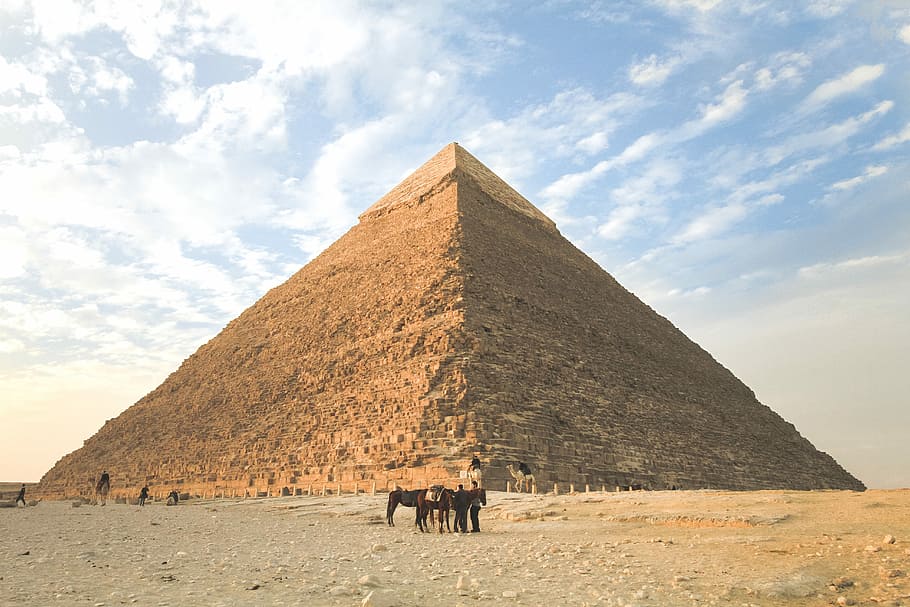
The Role of the Nile in Egyptian Prosperity
The Nile River was the lifeblood of Ancient Egypt, providing fertile soil, transportation, and a stable food supply. The Egyptians developed sophisticated irrigation systems to control the annual flooding, which allowed them to cultivate crops and sustain large populations. Without the Nile, the grandeur of Egypt might never have been realized.
The Pharaohs – Divine Rulers of Egypt
Pharaohs were not just kings; they were considered gods on Earth. Their rule was absolute, and their divine status ensured unwavering loyalty from their subjects. These rulers orchestrated monumental architectural projects, expanded the empire, and maintained order through complex legal and religious systems.
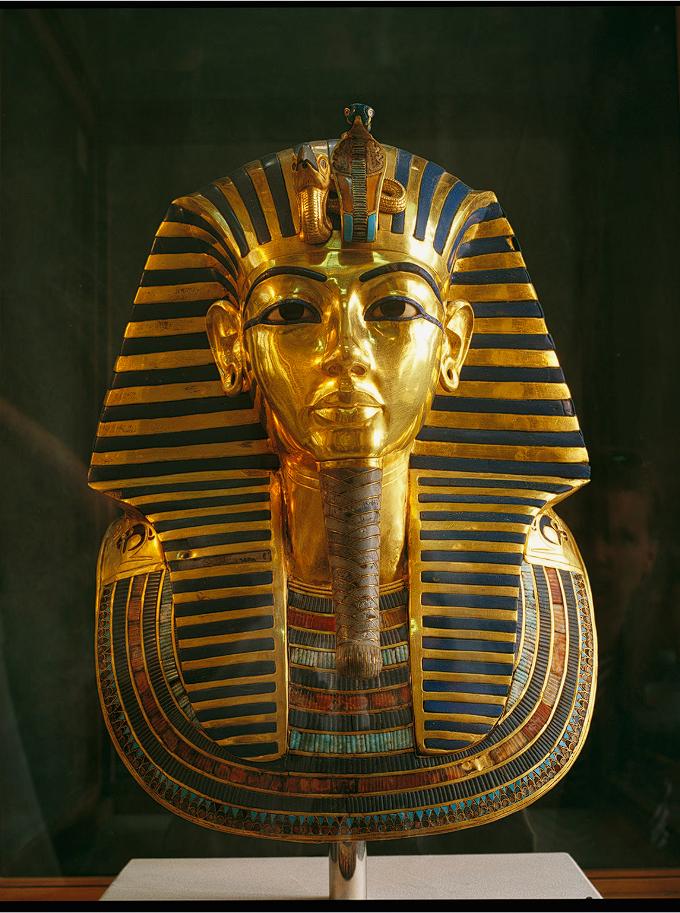
The Marvels of Ancient Egyptian Engineering
The Great Pyramid of Giza – A Timeless Wonder
One of the most iconic symbols of Ancient Egypt is the Great Pyramid of Giza. Built as a tomb for Pharaoh Khufu, this colossal structure stands as a testament to the engineering genius of the Egyptians. How they managed to construct such a precise and enduring monument without modern technology remains a topic of debate among historians and archaeologists.
The Sphinx – Guardian of the Sands
The Great Sphinx of Giza, with its enigmatic expression and imposing presence, has fascinated scholars for centuries. Carved from a single limestone block, this massive statue is believed to represent Pharaoh Khafre. However, its true purpose and meaning remain shrouded in mystery.
Temples and Tombs – Eternal Resting Places
Egyptian temples and tombs were built with remarkable precision and grandeur. From the Temple of Karnak to the Valley of the Kings, these structures were not only places of worship but also repositories of invaluable historical records. The intricate hieroglyphics adorning their walls offer glimpses into the lives of the people who built them.
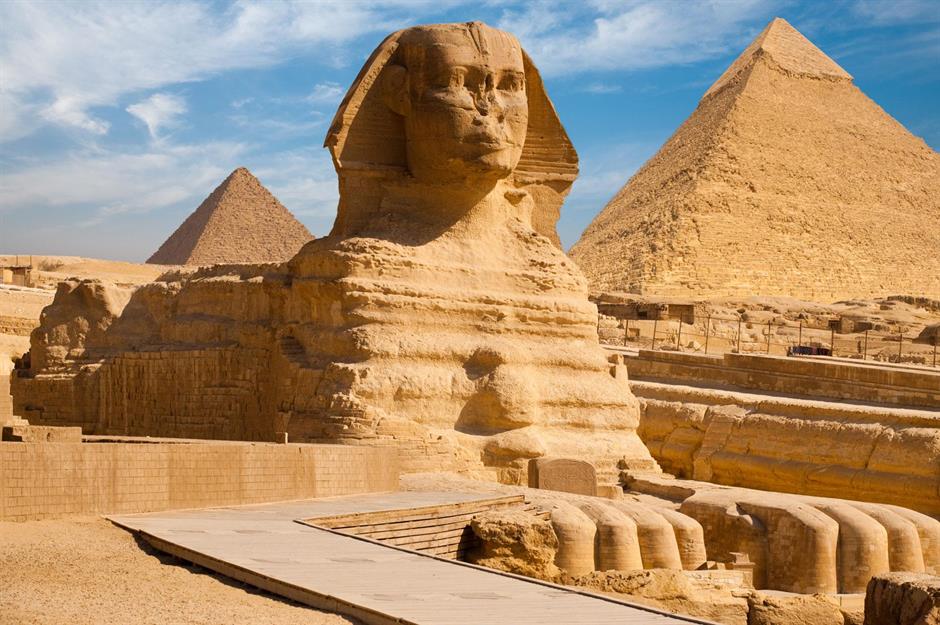
The Secrets of Mummification and the Afterlife
The Art of Mummification
The Egyptians believed in life after death, and mummification was their way of preserving the body for the journey to the afterlife. This intricate process involved removing internal organs, drying the body with natron, and wrapping it in linen before placing it in a decorated sarcophagus. The care and detail put into mummification highlight the Egyptians’ deep spiritual beliefs.
The Book of the Dead – A Guide to the Afterlife
To ensure a smooth passage to the afterlife, the deceased were often buried with a copy of the “Book of the Dead.” This collection of spells, prayers, and rituals was believed to help the soul navigate the trials of the underworld and reach eternal paradise.
The Curse of the Pharaohs – Fact or Fiction?
Legends of the “Curse of the Pharaohs” have intrigued many since the discovery of Tutankhamun’s tomb in 1922. Some believe that those who disturb an ancient tomb will face misfortune or death. While science attributes these deaths to natural causes, the mystery surrounding the curse continues to fuel fascination with Ancient Egypt.
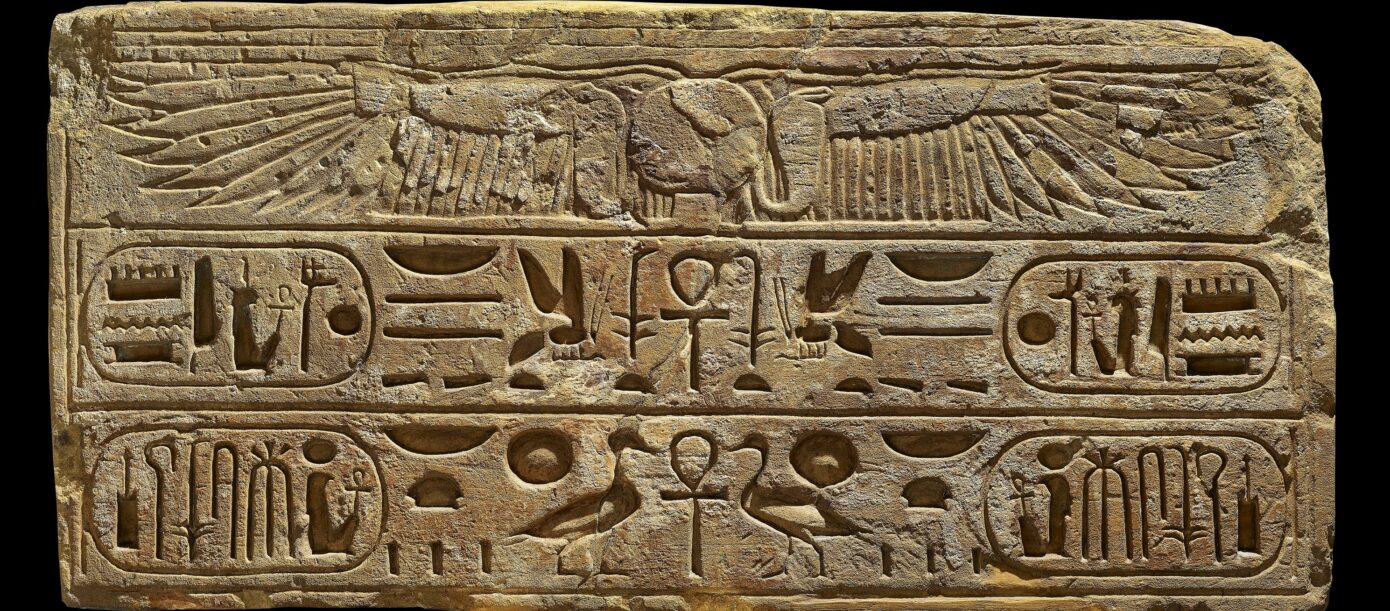
The Legacy of Ancient Egypt
Contributions to Science and Mathematics
Ancient Egyptians were pioneers in mathematics, astronomy, and medicine. Their understanding of geometry was crucial in constructing the pyramids, while their knowledge of astronomy helped them develop a reliable calendar. Medical texts from ancient times reveal advanced surgical techniques and treatments still relevant today.
The Writing System – Hieroglyphics
Hieroglyphics, one of the earliest forms of writing, allowed Egyptians to document history, laws, and religious beliefs. The Rosetta Stone, discovered in 1799, played a crucial role in deciphering this complex script, unlocking a wealth of knowledge about Egyptian civilization.
Modern Discoveries and Ongoing Excavations
Archaeologists continue to uncover new secrets of Ancient Egypt. From hidden chambers within the pyramids to untouched tombs in the Valley of the Kings, each discovery provides deeper insights into this remarkable civilization. With advancements in technology, we may soon uncover even more lost treasures and forgotten stories.
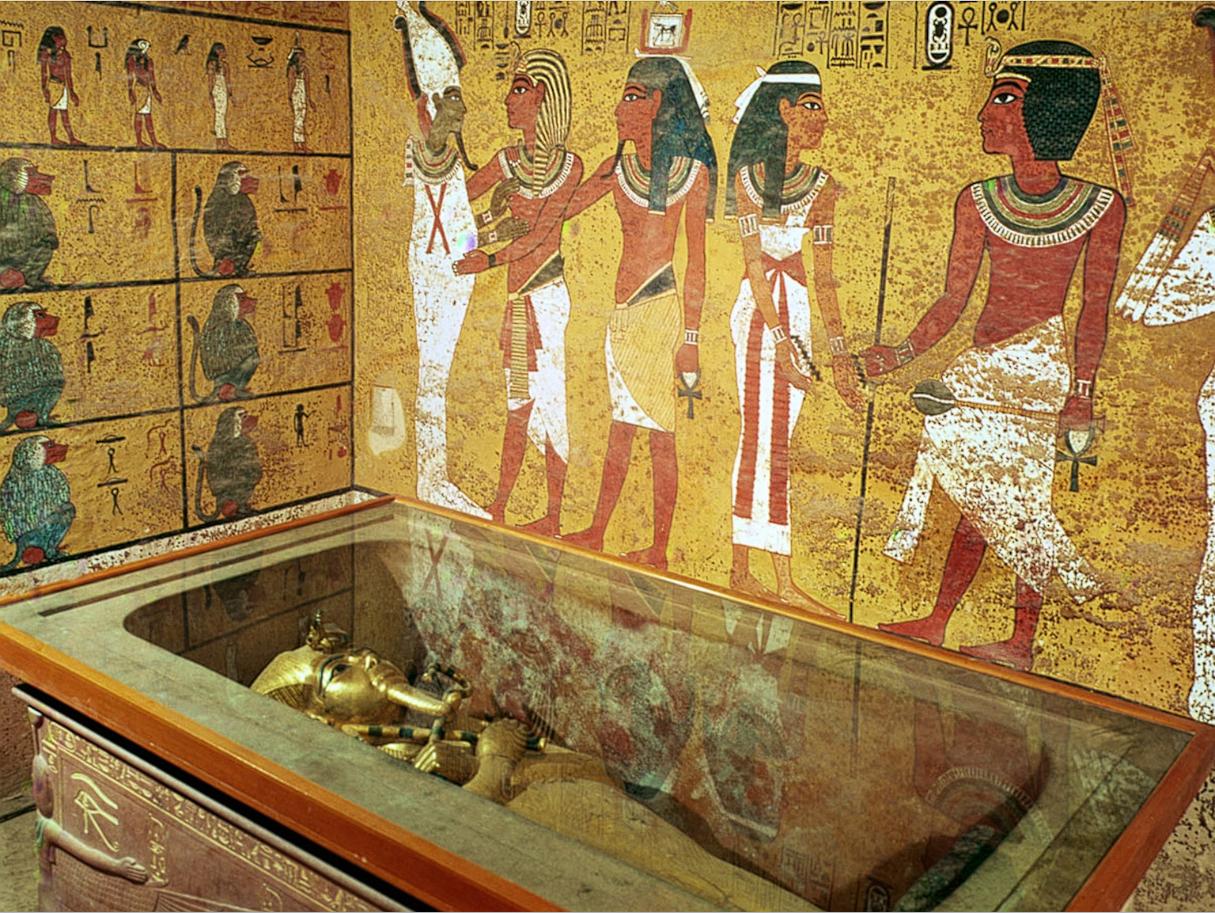
Conclusion
Ancient Egypt remains one of the most fascinating civilizations in human history. Its achievements in architecture, science, and governance continue to influence modern society. Yet, despite centuries of study, many questions remain unanswered. What other mysteries lie beneath the sands of Egypt, waiting to be revealed? The past holds many secrets—if we dare to uncover them.
